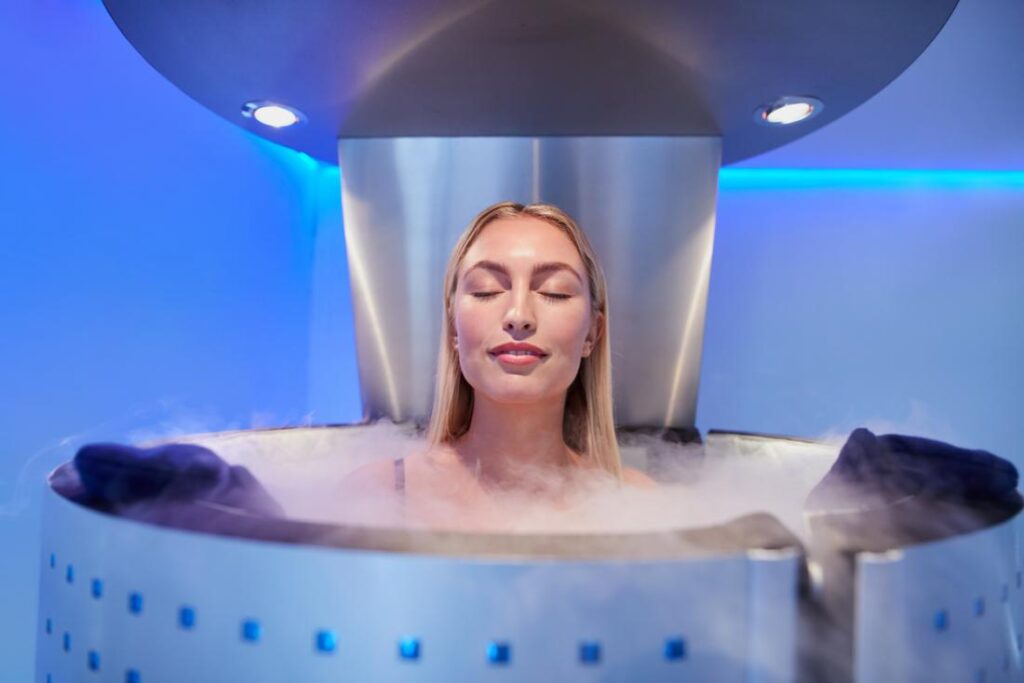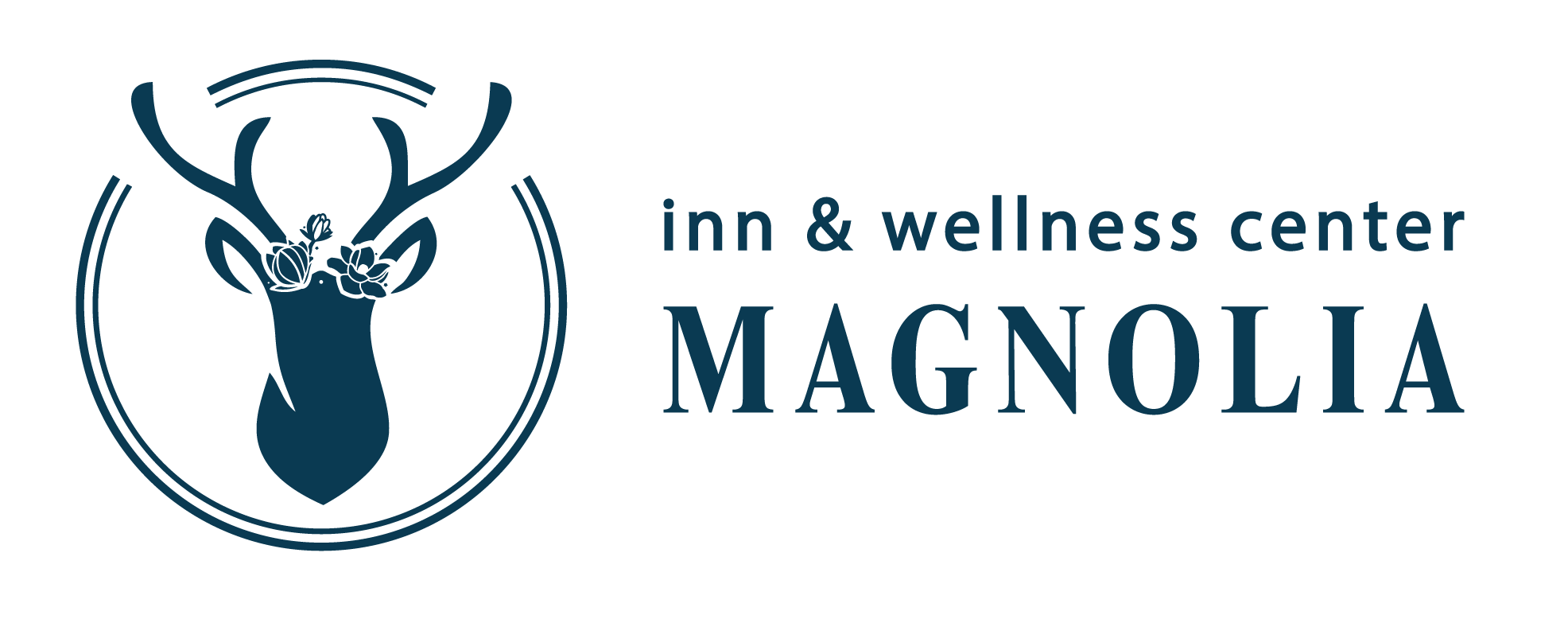1 FREE Service For New Clients
20% OFF On All Packages
Give The Gift Of Wellness With
Our Gift Card
Full Body Cryotherapy
The theory behind cryogenic therapy is that briefly exposing the entire body to very cold temperatures helps soothe inflammation, with less pain. In fact, it’s like a hi-tech version of the classic ice-packs that many of us use to reduce the swelling caused by bumps and sprains.
Usually lasting two to four minutes, full-body cryotherapy sessions take place in special chambers or tanks called cryosaunas. Filled with liquid nitrogen vapor, the air is cooled to extreme temperatures, sometimes dropping to 200°F to -300°F, with -130°F – more usual.
Although some of these tanks are walk-in rooms, others are shoulder-high units that leave the head free. Protective coverings are worn on the ears, feet, and hands, as well as regular underclothing or swimwear.
This extreme cold constricts the blood vessels, triggering a natural survival response that forces blood back into your body’s core. When you step out into normal room temperature a few minutes later, blood vessels expand with endorphin-rich blood that is packed with anti-inflammatory substances.
Although not FDA approved, whole-body cryotherapy may well ease pain caused by sports injuries, according to some studies. Not necessarily resulting from accidents, this discomfort may also be triggered by repetitive impacts that damage joints and tissues, leading to persistent problems like tennis elbow, turf toe, and shin splints.
However, it seems clear that full-body cryotherapy sessions can help with many other conditions as well, from Alzheimer’s and anxiety, to arthritis and asthma. Here are the top ten benefits of a whole-body cryotherapy session:
- Numbing irritated nerves, which reduces pain, allowing freer movements and greater physical efforts, with faster recovery times after spurts of intensive physical activities;
- Relieving migraine symptoms, by numbing the nerves in the neck and cooling the bloodflow to the brain, shrinking inflamed blood vessels, and lessening the pressure on sensitive intracranial nerves;
- Less cardiac workloadand lower blood pressure, resulting from the vasoconstriction/vasodilation sequence triggered by icy-cold temperatures;
- Easing arthritis pain,for greater patient comfort, and better possibilities of tolerating more aggressive physiotherapy treatments, leading to faster rehabilitation;
- Soothingirritated skin caused by conditions such as eczema, psoriasis, and acne breakouts, by stepping up the amount of antioxidants in the bloodstream, with less inflammation and faster healing;
- Enhancing moodsby triggering the release of feel-good hormones such as adrenaline, noradrenaline, and endorphins, making this a great short-term treatment for anxiety and depression;
- Shedding weightby pumping up the metabolism for the rest of the day, burning more energy through longer and more intensive bursts of physical activity;
- Reducing inflammation, which is among the root causes of conditions such as depression and dementia, possibly slowing the development of these diseases;
- Less oxidative stressmay help patients with Multiple Sclerosis (MS) and ALS (Amyotrophic lateral sclerosis), enhancing their ability to move and exercise;
- Lower cortisol levelsmean less stress and anxiety, relieving insomnia and improving sleep patterns.
Make sure you and your clothes are completely dry before entering the cryotherapy chamber, and keep moving a little – wiggling fingers and toes, bouncing or marching in place – to keep your blood flowing fast throughout your treatment.
Recommendation: Avoid cryotherapy if you have any nerve-related condition (such as diabetes), if you are pregnant (or trying), or if you have circulatory system problems, like thrombosis, high blood pressure or heart conditions.

FIRST TIME?
WHAT TO EXPECT
Service Duration
3 minutes
How Often to Use Full Body Cryotherapy
Consistency is key! Come as often as twice a day.
